In 2024, Formula 1 teams are limited to just three days of pre-season testing - equating to one-and-a-half days per driver in the car before the first race.
The amount of testing has steadily been reduced over the past decade, with the first season of the turbo hybrid era featuring three four-day tests, with a single test at Jerez and then a double-header in Bahrain.
It wasn't broadcast live on TV, fans had to follow most of the action through social media, and the most you'd hear about it was in the session reports or when a red flag was deployed.
During 2014 pre-season testing, there was an awful lot of stoppages as teams grappled with the uber-complex new 1.6L V6 turbo hybrid power units, with the three suppliers being Mercedes, Ferrari and Renault.
Teams by 2014 power unit
| Team | Power unit |
|---|---|
| Red Bull | Renault |
| Mercedes | Mercedes |
| Ferrari | Ferrari |
| Lotus | Renault |
| McLaren | Mercedes |
| Force India | Mercedes |
| Sauber | Ferrari |
| Toro Rosso | Renault |
| Williams | Mercedes |
| Marussia | Ferrari |
| Caterham | Renault |
What happened?
Well, not a great deal, at first.
Lotus opted to skip the test completely as its new 'twin-tusked' nose machine would not be ready in time, whilst Marussia had to skip the first two days of running in southern Spain.
Across the remaining eight teams, they completed just 91 laps between them all day, with Kimi Raikkonen racking up one-third of those as he went fastest in the Ferrari.
Lewis Hamilton was the first driver out on track in the Mercedes W05, but after 18 laps and P2 on the board, a front-wing failure pitched him into the gravel at Turn 1, bringing to an end his day.
After a puzzling first day, the test then settled down with teams putting laps on the board with Nico Rosberg posting 188 laps across his time in the car as Kevin Magnussen went fastest overall for McLaren on Day 3.
Viewed by others:
The picture becomes clear
Heading off to Bahrain for the double-header, it was becoming increasingly clear that one of the power unit manufacturers had aced the new regulations - and two were flagging.
In Sakhir, Red Bull-Renault ran into more and more problems limiting running for reigning champion Sebastian Vettel and new driver Daniel Ricciardo, whilst Ferrari was also struggling.
Mercedes power was flying.
In the end, Mercedes' four teams racked up 17,994km of testing across the three tests with Ferrari's three squads 10,213km. Renault was well behind, coming in at a measly 8,743km of running across four teams.
It was a precursor of the turbo hybrid era between 2014-2021 as Mercedes set about crushing all before it to become one of the greatest F1 teams of all-time as Ferrari was left trying to catch up - which to its credit it eventually did around 2017-2018.
Renault has arguably still not recovered from those initial tests a decade ago.
Their power unit is the only one on the grid used by a single team: Alpine. The unit for Pierre Gasly and Esteban Ocon is known to be down on power, leading to the team trying to tweak the rules to allow them to add performance in the on-going engine freeze.
This was promptly rejected in 2023, with Honda the only other power unit manufacturer to enter since the turbo hybrid era began a decade ago - with it going from rock-bottom with McLaren to World Champion with Red Bull.
Don't miss out on any of the Formula 1 action thanks to this handy 2026 F1 calendar that can be easily loaded into your smartphone or PC.
Download the calenderMost read
In this article

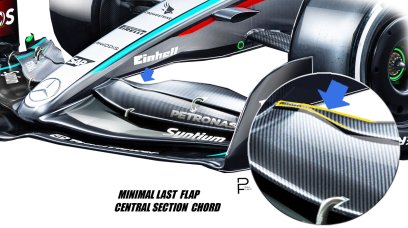
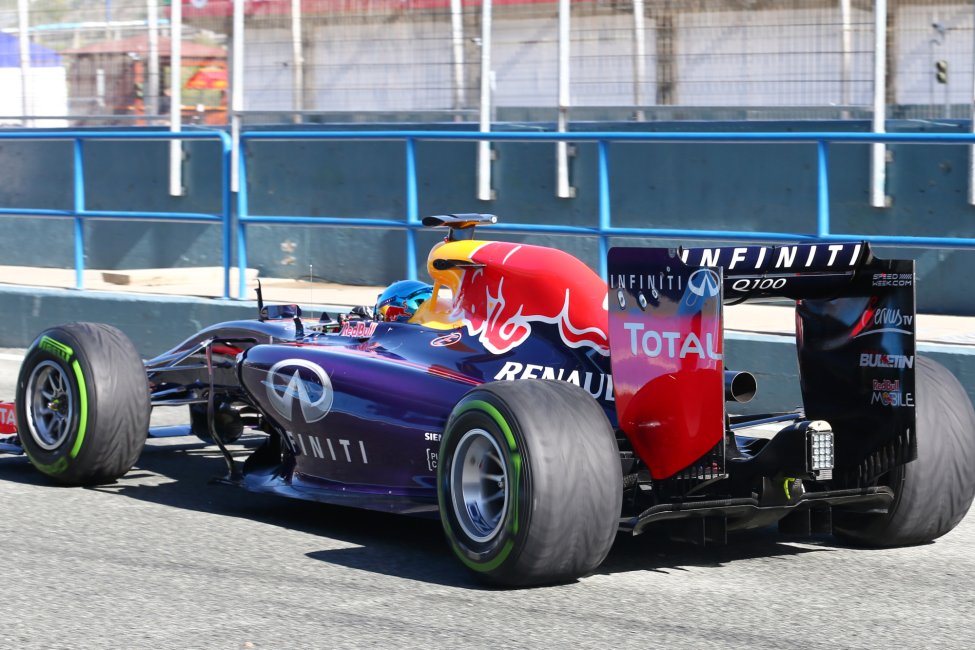
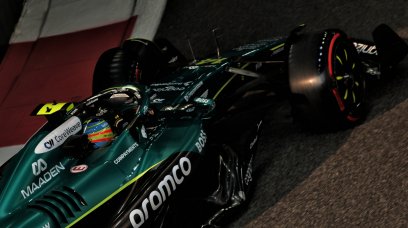
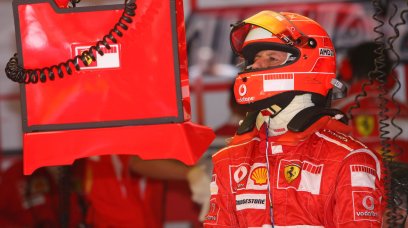
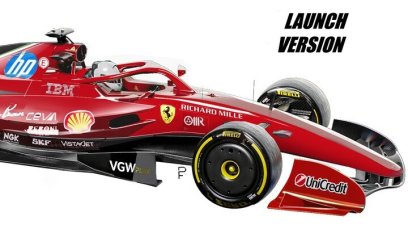


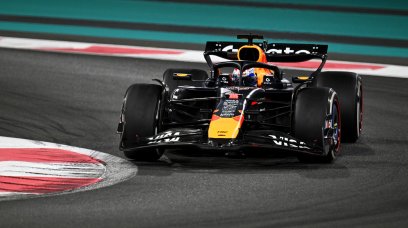
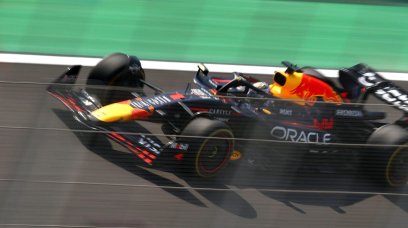
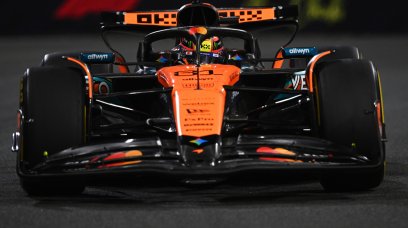
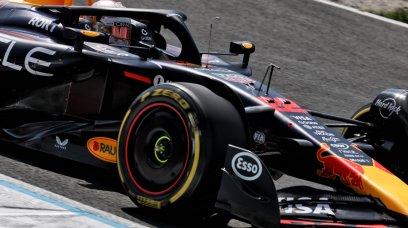
Join the conversation!